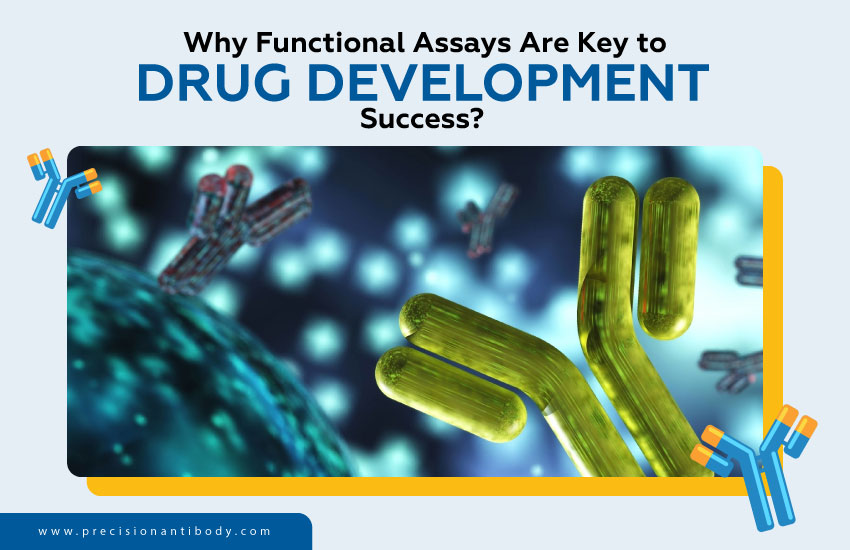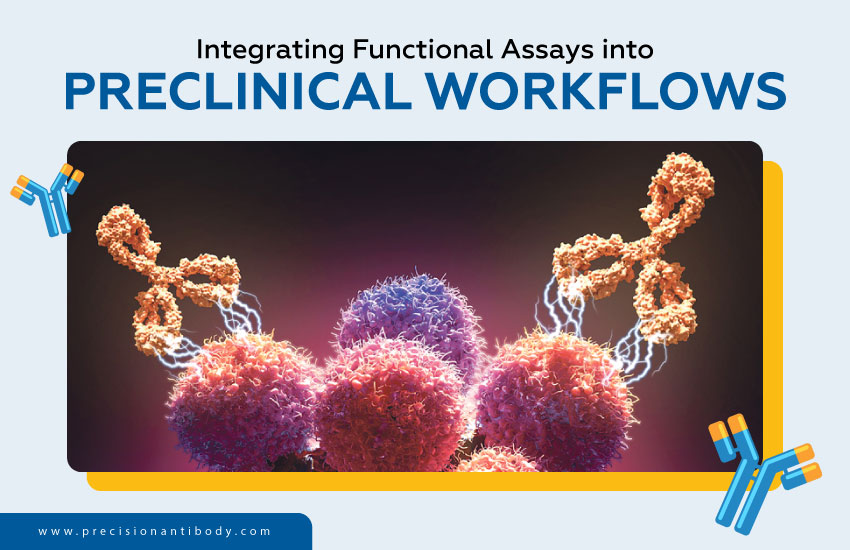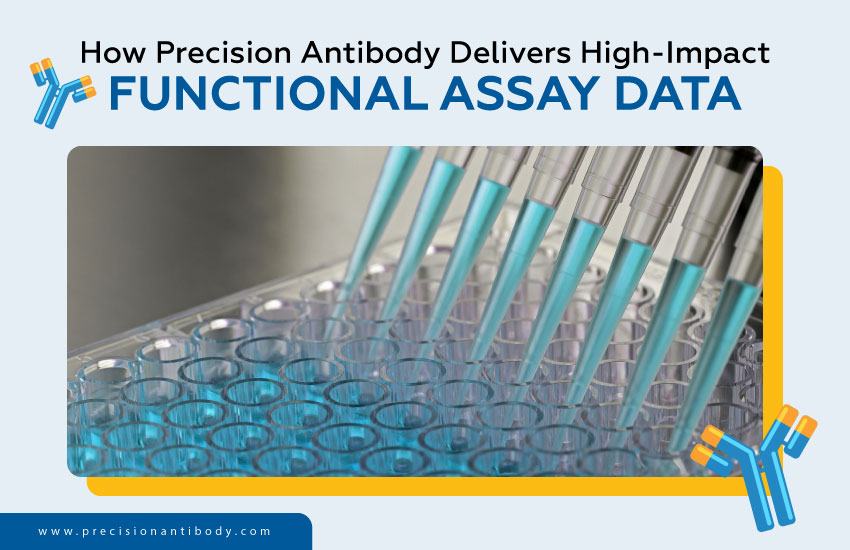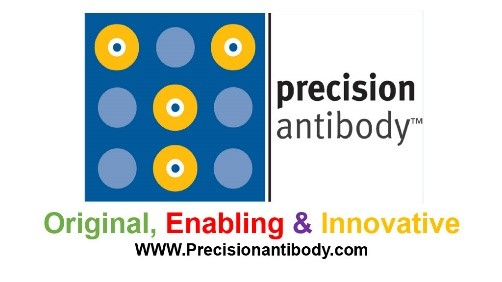Taking a therapeutic antibody from discovery to market is a lengthy and intricate process filled with challenges and significant risks. Many candidates are evaluated in preclinical stages but only a small number reach human trials and even fewer gain regulatory approval. The success of an antibody in clinical trials often hinges on its performance in functional assays.
Functional assays are rare early indicators that reliably translate from lab to field. These tests evaluate candidates’ biological performance. Regulators need proven potency and functional bioassays tied to specifications’ mechanism of action. This guarantees a medicine works in patients as well as in labs.
The predictive power of functional assays is evident across various fields. The levels of neutralizing antibodies in vaccinations are closely related to how well they protect, which helps to optimize doses and make late-phase studies easier to design. Functional tests help scientists understand a drug’s mechanism and reduce failures.
Read more on the blog to learn more about five ways functional assays can help you predict the success of a clinical trial and how to apply them in your work for the best results.

Turning a therapeutic antibody idea into an approved treatment can be pretty risky. More than 90% of drugs in Phase I trials don’t get approved. The main reason for this decline is the difference between promising lab results and actual outcomes in people. This shows we need more confidence and clarity to provide safer, more effective treatments for patients.
Functional assays measure how an antibody or drug behaves in a biological system revealing whether it actually produces the intended therapeutic effect. This distinction matters since clinical efficacy relies on binding and the capacity to create significant biological effects.
Functional assays on the other hand measure real biological consequences such as:
This deeper insight makes functional assays powerful predictors of clinical performance, not just lab activity.
Both the FDA and ICH Q6B rules specify that biologics must have verified potency or functional tests. These tests are closely related to the mechanism of action (MoA) and are used as quality control techniques throughout both development and production. The fact that they are included in regulatory specifications shows how important they are to drug approval.
Functional assays are key in validating mechanisms early, helping with dose selection, reducing costly failures and improving regulatory submissions. They’re essential for successful drug development.

Functional assays connect the insights from preclinical studies to real world clinical outcomes. They determine if a therapy candidate will work for patients by showing how it operates in biologically relevant systems. These tests determine if a medication can block a receptor, activate immune cells or inhibit a disease pathway in a practical way.
They don’t just assess potency, they provide critical translational data that predicts success in humans.
Consider these five ways they shape clinical outcomes:
Functional assays verify that a therapeutic does more than bind; it drives the intended biological effect.
By mimicking complex biological systems functional assays can highlight risks before they reach the clinic.
Determining the right dose is critical and functional assays provide essential potency data.
Not all patients respond the same way and functional assays uncover these differences.
Regulators view functional assays as proof that a therapy works as intended in humans.
Concisely functional assays are key to predicting clinical trial success. They check how treatments work, spot risks early, help pick the right doses, show patient differences and improve regulatory submissions. These benefits reduce late stage failures, lower development costs and increase the likelihood of providing safe, effective treatments to patients.

One challenge that drug developers often face is figuring out the right time to incorporate functional assays into their workflow. It’s really best to start early and keep iterating rather than waiting until those late preclinical stages.
Functional assays provide the greatest benefit when incorporated early in drug development. Getting them involved early helps us filter out the weaker candidates before we invest too much time and effort.
When researchers grasp how a treatment works and its biological significance early, they can zero in on the most promising molecules for therapy. In early models functional results offer crucial insights that help choose doses and shape the design of initial human studies.
Binding assays and structural studies are essential for confirming target engagement but they don’t ensure that the therapy will be effective. Functional assays enhance these methods by showing if the interaction leads to a significant biological response.
An antibody may tightly bind to a receptor but only a functional test can show if it blocks downstream signaling or stimulates immune responses. These approaches provide a complete evaluation of molecular interactions and biological findings ensuring that only the best candidates advance.

At Precision Antibody, we don’t just stick to standard testing. We create and carry out functional assays that fit your therapeutic vision and help speed up your journey to the clinic. We take a hands on approach to make sure you get practical, impactful data that helps with scientific discovery and meeting regulatory goals.
Each antibody program is different. That’s why we tailor the design of functional assays to your therapeutic targets and the way you want them to work. Our team makes assays that give you data that is directly related to your clinical and regulatory milestones, whether you need ADCC, ADCP, neutralization or signaling readouts.
We employ powerful screening tools that we built ourselves to give you data that you can trust and that can be reproduced. From early discovery to IND-enabling studies we have the tools to make sure that your candidate’s performance is monitored accurately, sensitively and in a way that can be scaled up.
With 20 years in oncology, infectious diseases, autoimmune disorders and rare diseases, Precision Antibody knows the ins and outs of functional assays for various therapies. This range lets us spot challenges, tweak workflows and provide insights that boost your program’s edge.
Discover our therapeutic antibody solutions where decades of experience meet innovative assay design to deliver data that drives regulatory confidence and clinical success.
No, when used wisely, functional assays actually speed up development. They stop wasting time and money on compounds that are unlikely to work in trials by finding weak candidates and verifying the mechanism of action early. In fact adding functional assays to preclinical procedures typically speeds up the process of getting to IND by making things less ambiguous.
Most late stage trial failures happen because a candidate doesn’t show the desired clinical effect. Functional tests directly quantify biological activity associated with therapeutic objectives, including receptor inhibition, immunological effector action or pathogen neutralization.
This evidence based method makes it more likely that a candidate will work in the clinic as well as in the lab, which lowers the risk of expensive Phase II/III failures.
Partnering with Precision Antibody gives you quick access to expert knowledge, cutting edge screening tools and proven processes tailored to various therapeutic fields. Creating in house skills requires a lot of time, money and training. On the other hand outsourcing provides reliable, high quality data quickly keeping your workflow on track.
Working with Precision Antibody gives you more than just assays; it brings valuable insights that can improve your regulatory submissions and increase clinical success.

Led by innovative minds in immunology and the antibody development field, Precision Antibody has been an industry leader for over 20 years. We not only implement a cutting-edge technique in antigen design, antibody development, production, and other analyses, but we are also constantly working on ways to improve and advance technology to match the ever-changing world of science. If you are interested in learning more about Precision Antibody’s Custom Antibody development.
Precision Antibody™ is the forefront of the global Custom Antibody industry & it is led by the innovative minds in immunology and antibody development field.